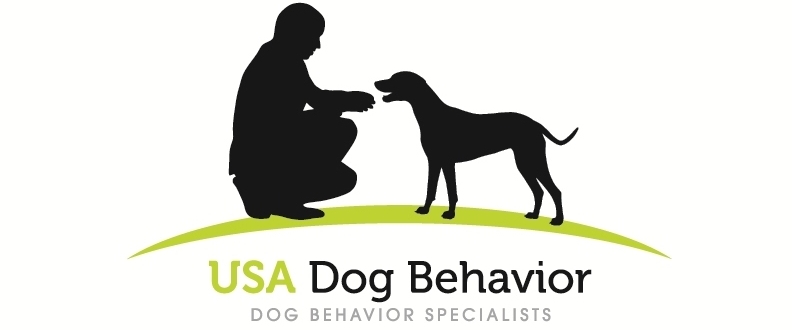Dog Behavior Myths
©Scott Sheaffer, CBCC-KA, CDBC, CPDT-KA, USA Dog Behavior, LLC
“But do you know what our pet dogs really want the most from us?”
There are a lot of dog owners handing out bad dog behavior advice. Just because someone flies on Southwest Airlines doesn’t mean they’re qualified to jump in the cockpit of a Boeing 737 and pilot the plane. Likewise, getting anecdotal behavior advice from dog owners and the internet (i.e., Dr. Google) can get you and your dog headed in the wrong direction. Sometimes this advice can be funny because, like with most good humor, there is an element of truth in it sometimes.
“When my dog acts aggressively toward people, they are protecting me.” This is one I hear very frequently. I understand that it’s how dog owners try to make sense of their dog’s aggressive behavior. The truth is they are acting in a protective way, but they are only protecting themselves. They are fearful of the human that is approaching them and they wish for this person to stay away from them. Dogs aren’t interested in being our bodyguards, as hard as that may be for some dog owners to believe. To learn more, see this video Do Dogs Instinctively Protect Their Owners?
“It’s important that dogs remain submissive and not be dominant.” This myth has caused many dogs to suffer as their owners misinterpret their intentions and physically punish them. This type of thinking relies on some flawed research that was conducted in the 1970s and was later recanted. Our canine companions don’t see us as wolf packs and I promise they aren’t trying to take over our home and assets. Their relationship to us is much more like a family member than an alpha-wolf that is trying to take control of our “pack”. To read more, see 3 Words I Wish Dog Owners and Dog Trainers Wouldn’t Use.
“Dogs know when they’ve been bad because they look guilty.” In an attempt to understand dogs’ behavior, we sometimes ascribe human traits to them. The term for this is “anthropomorphize”. An example of this would be a “guilty looking” dog when a dog owner returns from work and discovers their dog has eliminated on the carpet. This guilty look is actually the look of fear that is being mistaken as guilt. The dog is afraid of the impending punishment that results when their owner comes home and acts so angrily. As smart as dogs are, they don’t make the connection with the anger and the poop in the den. For more information, see Is your dog intentionally bad?
“My dog’s tail is high and wagging; they’re happy.” This is the oldest myth on this list and is one that is promoted by people that should know better (i.e., TV dog training shows). A dog’s wagging tail simply means they are paying a lot of attention - it could be happy attention, fearful attention, aggressive attention. Many people have been bitten approaching “happy” dogs because the tail wagging was misinterpreted as indicating the dog was welcoming. To learn more, see What Dogs Tell Us with Their Tails.
“Certain dog breeds are aggressive.” This myth may come in as the second most popular myth on this list. I have worked with many dogs and I can confidently say that there is not a great correlation between breed and aggression level. All dog breeds can be aggressive and all dog breeds can be sweethearts. Just like with people, it’s the individual dog and their experiences that determine their behavior. A sub-myth here is that dogs are either aggressive or they aren’t. This isn’t really an accurate way of seeing aggression in dogs. For more information on this sub-myth, see Did you know there are 7 major types of dog aggression?
“A large backyard is great exercise for a dog.” While time in the backyard can be stimulating for a dog, they certainly need more mental and physical stimulation than hanging around behind the house. What dogs really need is both physical and mental stimulation (e.g., walks, game of fetch, general manners training, etc.). But do you know what our pet dogs really want the most from us? Time with their human family. For more insight, see I Let My Dog Run Around the Back Lawn – Is That Enough Exercise?
I want to leave you with the following truth. Your dog wants to be understood and wants to understand you. That should sound familiar because it’s what every human being on this round sphere wants too.

